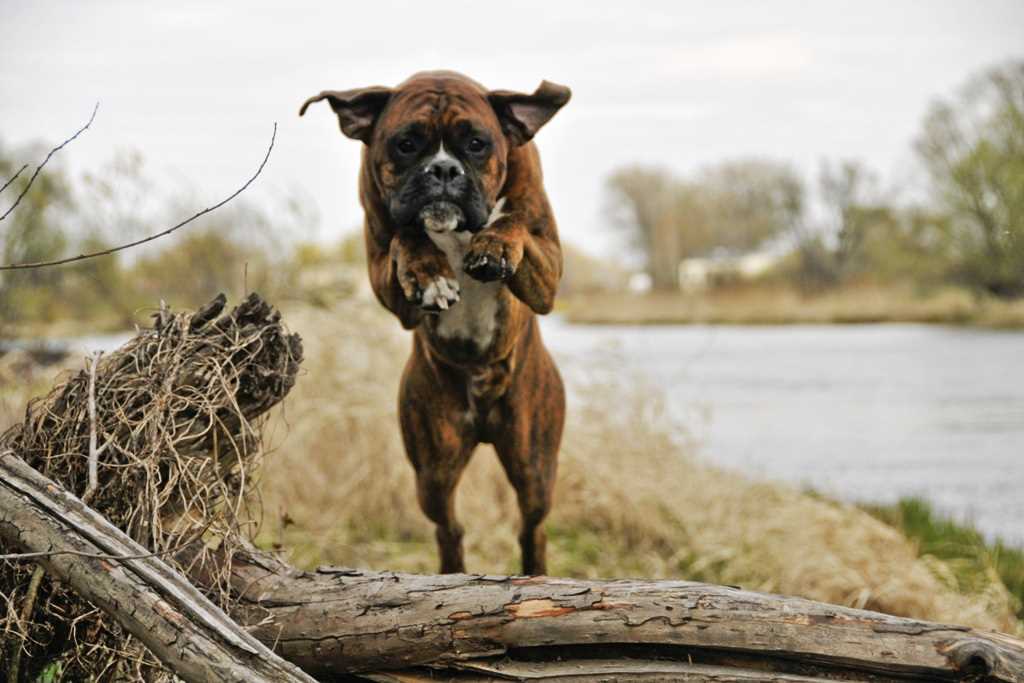The dog breed of the greater swiss mountain dog, officially was born in 1908 by Dr. Albert Heim during an exhibition of Bernese cattle, who noticing a particularly large specimen with short hair, arrived, with great passion, to catalogue the new breed. In fact, the greater swiss mountain dog is a cousin of the Bernese, but with shorter hair and about ten kilograms more. Today, in addition to Switzerland, the greater swiss mountain dog is also widespread in other European countries, especially in Germany, Austria, the Netherlands, Denmark, but much less than its cousin Bernese. Elsewhere it is almost unknown.
The true origins of the greater swiss mountain dog are lost in time. It is descended from the ancient war molossi that were brought to Helvetic soil by Roman legionaries who faced expeditions in the Alps together with a direct ancestor of the Swiss Bovine. These large molossi were very good guardians of herds and were used for a long time as farm dogs, used for jobs such as towing and transport.
In more recent times it has been a helper of the Swiss confederates during fights since the Middle Ages. Today it is generally appreciated as a companion and guard dog and in the absence of herds, it looks after the human kind, always calm and reliable. It is also used as a guide dog for the blind and as a civil defense dog.
Character of the dog breed greater swiss mountain dog
The characteristic of the breed of greater swiss mountain dog is the attachment to the master and fidelity. This combined with its docility make it a fairly easy dog to train. It is good but far from stupid, it is not aggressive but very protective. It is, in short, an absolutely faithful and helpful colossus, very attached to its master and to the family in general.
It feels loneliness very much, it always seeks the company of its owner, both to protect it and not to be alone, in fact it has an almost morbid need for affection and human company. This breed is very confident and does not fear strangers. However, at the same time, it also has the protection of its loved ones at heart, which is why it is an excellent guard dog.
The Swiss Shepherd is not a dog suitable for living in an apartment, due to its size, therefore a rather large garden where it can spend a few hours a day in the open air would be ideal, even if for the rest of the time it wants to be with its family unit of which it feels part and to which it is very attached, including children with whom it loves to play.
Generally in a calm mood, if well socialized from a young age he will be able to communicate respectfully with his peers. If it is well socialized as a child, it will have no problem socializing with a cat when it grows up.
Appearance of the greater swiss mountain dog breed
The greater swiss mountain dog is a molossoid, among the largest and most powerful. The largest males can reach 75 centimeters at the withers and a weight that can exceed 70 kilograms and even reach 80. The female generally weighs about ten kilograms less.
The general aspect of this dog is that of a muscular and imposing animal, which despite its size and weight is active and shows remarkable resistance. The neck is powerful, without dewlap. The chest is deep, prominent, muscular and descended to the elbow. The limbs are well straight and solid, without being extremely massive. The tail is long and carried low or at most a little arched during the movement.
The head is very powerful but not heavy, it is proportionate to the body, the skull is flat and wide, the muzzle is longer than deep and is not pointed and has the classic black truffle. The eyes are almond-shaped, medium in size, hazel to brown in color, with an expression that is always alert and friendly. Ears: medium size, triangular and attached rather high.
The coat of the greater swiss mountain dog’s coat is divided into three colors. The base color of the coat is black, with reddish brown markings and white spots. The coat is double with dense mid-length cover coat, and dense dark gray undercoat.
Care and Health of the greater swiss mountain dog Breed
The Great Swiss Wolfhound is considered a very healthy dog breed. Like all molossoid dogs, it does not have a very long life expectancy, typically hovering around 10-12 years. However, it may have problems such as hip and elbow dysplasia that are easily eliminated with careful selection.
As a matter of fact, its double coat allows it to suffer neither cold nor bad weather, while heat is very uncomfortable. As for the care of the coat, it is enough to brush it once a week to have it always shiny. Bathing, as needed, while it is important to pay attention to the hygiene of the skin, fur, eyes and ears, ensuring cleanliness and absence of parasites.
As far as feeding is concerned, it does not require large quantities of food, and it is absolutely not greedy. A balanced diet in keeping with its lifestyle is ideal. It must be remembered, however, that this dog needs a lot of movement.


